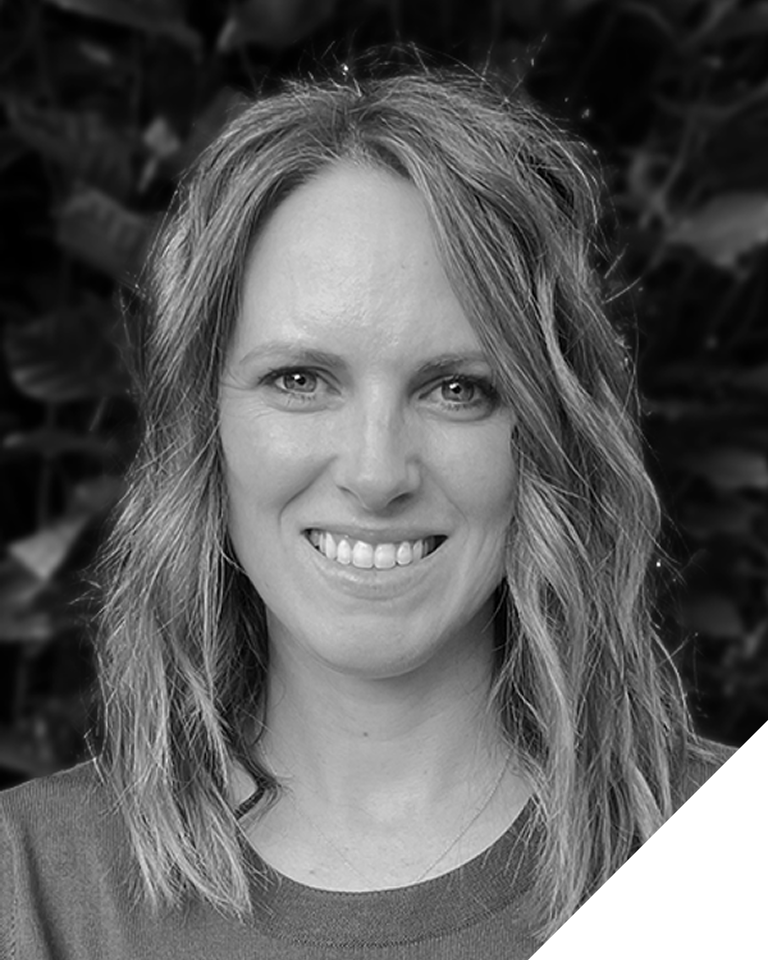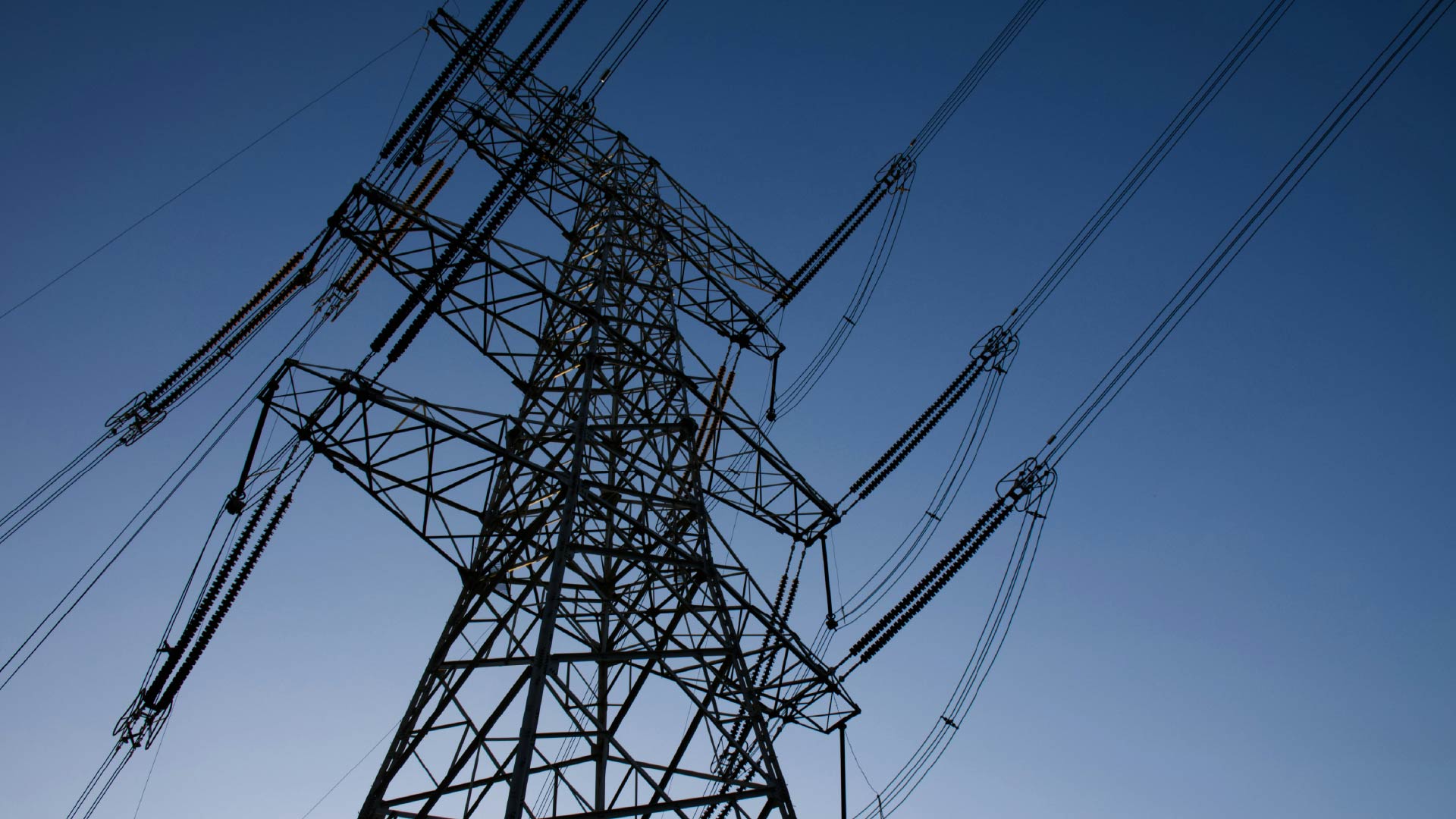Feeling The Heat From Compound And Interconnected Risks
A recent study in Environmental Science & Technology explored the health risks of a compound event that included a simultaneous heat wave and electrical grid failure in cities across the USA. Broadly speaking, compound events refer to multiple hazards occurring at the same time, or consecutively, leading to more severe impacts. If referring strictly to physical climate risks, this would include any weather and climate events acting together, such as a tropical cyclone followed by a heat wave. However, it’s important to consider how physical climate risks may intersect other social or economic risks, creating compound events with devastating impacts, as detailed in this study.
The analysis found that, in the extreme case of Phoenix, a concurrent grid failure (defined here as complete blackout for 48 hours, followed by incremental power restoration over 3 days) and 5-day heatwave, modelled after historical events, would send over 50% of the population to hospital due to heat-related illness and result in approximately 13,000 deaths. The authors caveated that their findings were based on the assumption the populace remained in place during a heatwave and did not account for people evacuating to a cooler location or any potential government interventions, such as moving people to cooling centers.
Even with the caveats, these numbers are alarming, as climate change is increasing the frequency, duration and intensity of extreme weather events, as well as compound events from physical climate risks. Managing risks associated with these future compound events (both physical-only compound events and the intersection of physical climate risks with social and economic risks) will be challenging for society, government and industry. It is difficult to assess the impacts of any type of compound event due to the complexity of modelling involved. For this reason, many climate risk assessments tend to assess risks singularly, failing to adequately evaluate and manage the full scope of risk. In recent weeks, for example, Canadian wildfires have made headlines for their unprecedented scale and ensuing air quality impacts across Canada and the east coast of the US. However, these fires have also impacted the forestry industry, forcing sawmills to close and resulting in temporary layoffs. The closures have had a knock-on impact of driving up lumber prices and could potentially affect residential construction timelines. The early arrival and widespread nature of this year’s wildfire season in Canada has been driven in part by the compounding risks of above average temperatures and prolonged drought. While it’s relatively simple to understand how these compound risks lead to a larger wildfire risk, and to make the connection to the lumber industry impact – the impacts to home construction are less direct. It is these less direct, more diffuse impacts that may not be identified in a risk assessment if it is solely focused on the singular risks of, say, a drought.
Those tasked with assessing climate risks in their organization should take a holistic view of all their risks, understanding how they connect with one another, how they may evolve due to rising global temperatures, and where vulnerabilities lie in the face of compound events. Firms should note that using impacts associated with past extreme events as analogues to guide planning and risk preparedness for future events may lead them to underestimate risk. While scenario analysis can help organizations explore their risks, it presents significant limitations. Business leaders should take care to have appropriate expertise to evaluate these scenarios, understand the limitations and engage cross-functional expert teams in ‘what-if’ analysis to minimize any blind spots in their climate risk assessments. It is easy to encounter ‘analysis-paralysis’ when thinking of compound and interconnected risks. However, if organizations identify their biggest vulnerabilities, and understand what drivers or hazards will impact those vulnerabilities, they can make great strides towards building resiliency in a changing climate.
As the Phoenix study demonstrates, compound risks produce devastating impacts, even when considering similar historical events. For information on understanding your climate risk, check out the Smart Innovators: Climate Risk Digital Solutions and look out for upcoming research on best practices for scenario analysis.About The Author

Katelyn Johnson
Senior Manager





